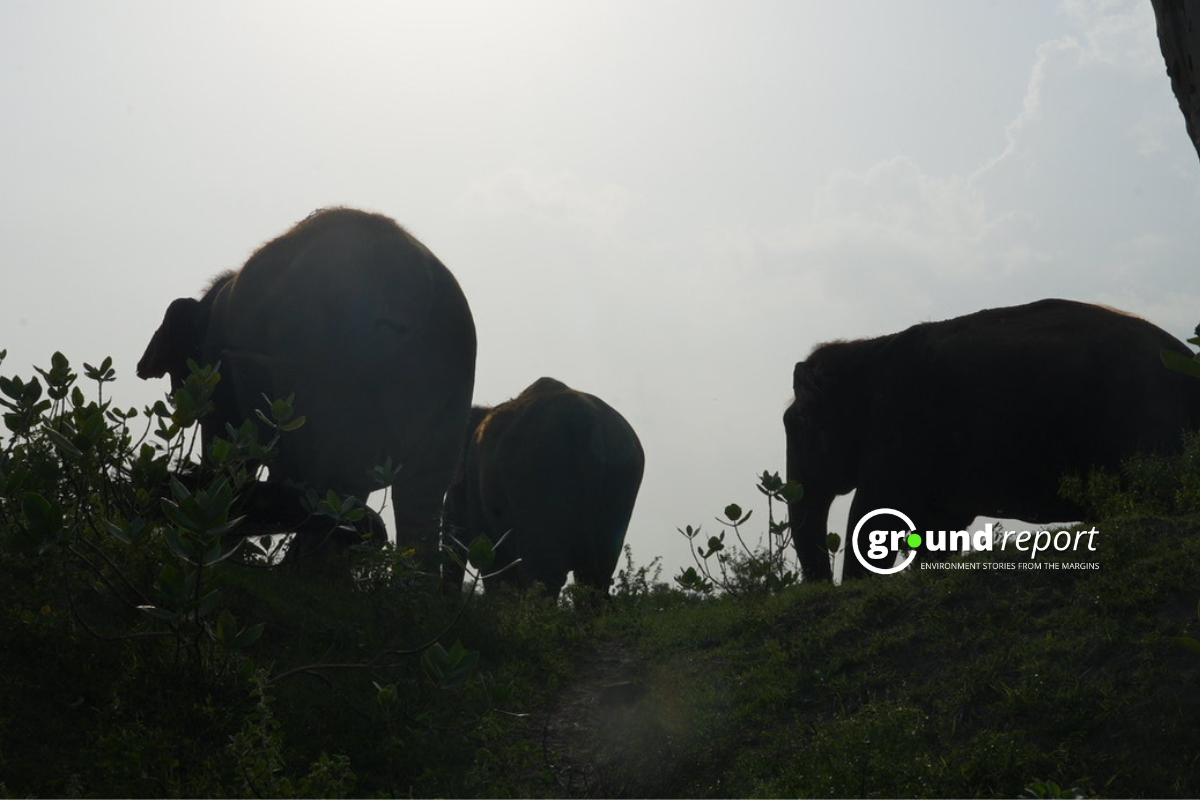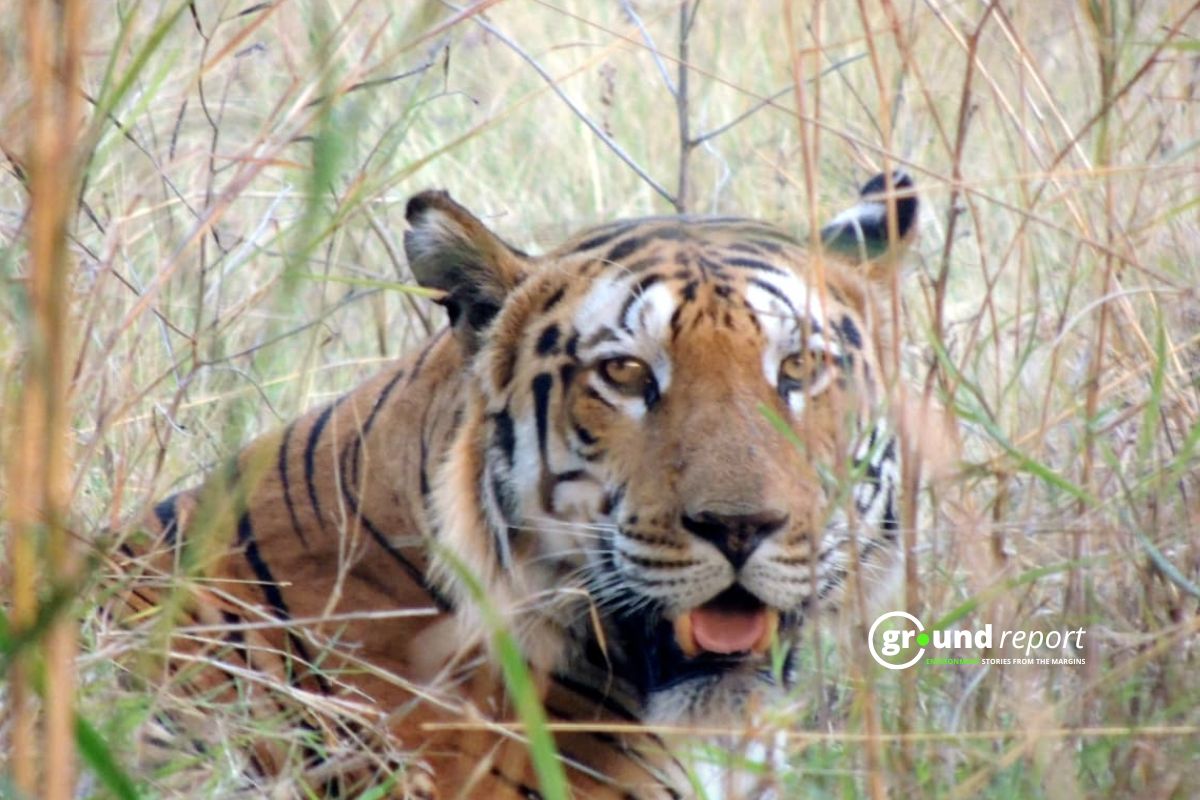Three dire wolf pups—Romulus, Remus, and Khaleesi—are alive and well on a secret preserve in the United States. Their birth marks a scientific milestone: they are the world’s first successfully “de-extincted” animals.
These pups, though just months old, already show their prehistoric roots. They’re larger than typical wolves, more muscular, and have snowy white coats. Most striking of all, they don’t behave like domestic dogs. They avoid people—even the handlers who raised them. Their instincts are wild.
What is a dire wolf?
Dire wolves are large extinct canines (Aenocyon dirus) that lived in the Americas until around 10,000 years ago. They looked like oversized wolves, with powerful builds and strong jaws. Fossils show they hunted big prey like bison and likely lived in packs.
Scientists believe dire wolves had thick, pale coats, possibly white, to help them survive in cold climates. Their size and strength made them one of the top predators of their time. Thousands of fossils found at the La Brea Tar Pits in California gave researchers detailed insights into their anatomy and behavior.
The name “dire wolf” became widely known thanks to the Game of Thrones TV series, where the animals appeared as loyal companions to the Stark family. One of the first cloned dire wolf pups was named Khaleesi, after a major character in the show.
Science just brought back dire Wolves
“These aren’t just gray wolves,” said Ben Lamm, CEO and co-founder of Colossal Biosciences. “They carry dire wolf genes, and they look more like dire wolves than anything seen in the last 13,000 years.”
Colossal, a Dallas-based biotech company founded in 2021, created the pups using ancient DNA, cloning, and gene-editing. The process involved modifying 14 genes in a gray wolf’s DNA to match the traits of the extinct dire wolf. The company then used large hound dogs as surrogates.
You’re hearing the first howl of a dire wolf in over 10,000 years
Back from extinction
using ancient DNA from fossils up to 72,000 years old, Colossal reconstructed a full genome , through precise CRISPR edits, and brought this species to life
pic.twitter.com/jMVtnKtT9m— Science girl (@gunsnrosesgirl3) April 7, 2025
Romulus and Remus were born on October 1, 2024. Khaleesi arrived on January 30, 2025.
Colossal scientists based their edits on two ancient fossils: a 13,000-year-old tooth from Ohio and a 72,000-year-old ear bone from Idaho. “Our team took DNA from these fossils and made healthy dire wolf puppies,” Lamm said in a company statement.
The pups live on a 2,000-acre preserve surrounded by a 10-foot fence. They are monitored by vets, drones, and cameras. The location remains undisclosed to protect the animals.
“We chose a site that allows them to act on their instincts,” said Matt James, Colossal’s chief animal officer. “They dig dens, roam freely, and howl like their ancestors.”
James recalled a moment when a staffer sang a tune from The Little Mermaid. Romulus and Remus responded by howling. “That was chilling,” he said. “It was the first dire wolf howl heard on Earth in over 10,000 years.”
Colossal says its mission goes beyond spectacle. The company is also working to bring back the woolly mammoth, the dodo, and the Tasmanian tiger. Their goal is to use genetic technology to help prevent other species from vanishing.
“If we want a future filled with people and rich biodiversity, we need to use every tool we’ve got,” said Beth Shapiro, Colossal’s chief science officer. “We’re the evolutionary force now.”
Scientists create wolves using surrogates
Colossal’s method was less invasive than traditional cloning. Instead of tissue samples, scientists used blood cells from gray wolves. After editing the DNA, they inserted it into egg cells and implanted the embryos into dog surrogates. The pregnancies were monitored with weekly ultrasounds. All pups were delivered by C-section and hand-fed after birth.
George Church, Colossal co-founder and a Harvard geneticist, said the method shows promise. “Being able to clone from a vial of blood is a game changer,” he said.
Colossal claims it has also produced cloned red wolves using the same approach. Red wolves are critically endangered, with fewer than 20 left in the wild.
Still, the project has critics. Some bioethicists question the risks to surrogate animals. “There’s a lot of suffering involved,” said Dr. Robert Klitzman, a professor at Columbia University. “There will be miscarriages. There are side effects.”
Others ask whether these creatures have a future beyond fenced preserves. Christopher Preston, a professor of environmental philosophy at the University of Montana, says it’s unclear what ecological role the dire wolves could fill.
“In states like Montana, we’re struggling to keep gray wolves on the land,” he said. “It’s hard to imagine releasing dire wolves into that kind of environment.”
Colossal said it’s aware of those concerns. The company claims its facilities meet animal welfare standards and that it avoids risky edits linked to poor outcomes. The U.S. Department of Agriculture has certified the facility.
Still, as the science advances, the ethical and ecological questions grow.
“How many genes do you have to change before it’s a dire wolf?” asked Love Dalén, professor of evolutionary genomics at Stockholm University. “That’s a philosophical question. But they look like dire wolves. That’s what matters.”
Colossal has raised $435 million since 2021 to fund its efforts. The company says it’s on track to produce the first woolly mammoth calves by 2028.
For now, Romulus, Remus, and Khaleesi are the proof of concept.
And they are living reminders of a species long thought lost.
Support us to keep independent environmental journalism alive in India.
Keep Reading
California Fires Live updates: destructive wildfires in history
Hollywood Hills burning video is fake and AI generated
Devastating wildfire in California: wind, dry conditions to blame?
Los Angeles Cracks Under Water Pressure
From tourist paradise to waste wasteland: Sindh River Cry for help
Follow Ground Report on X, Instagram and Facebook for environmental and underreported stories from the margins. Give us feedback on our email id greport2018@gmail.com.
Don’t forget to Subscribe to our weekly newsletter, Join our community on WhatsApp, and Follow our YouTube Channel






